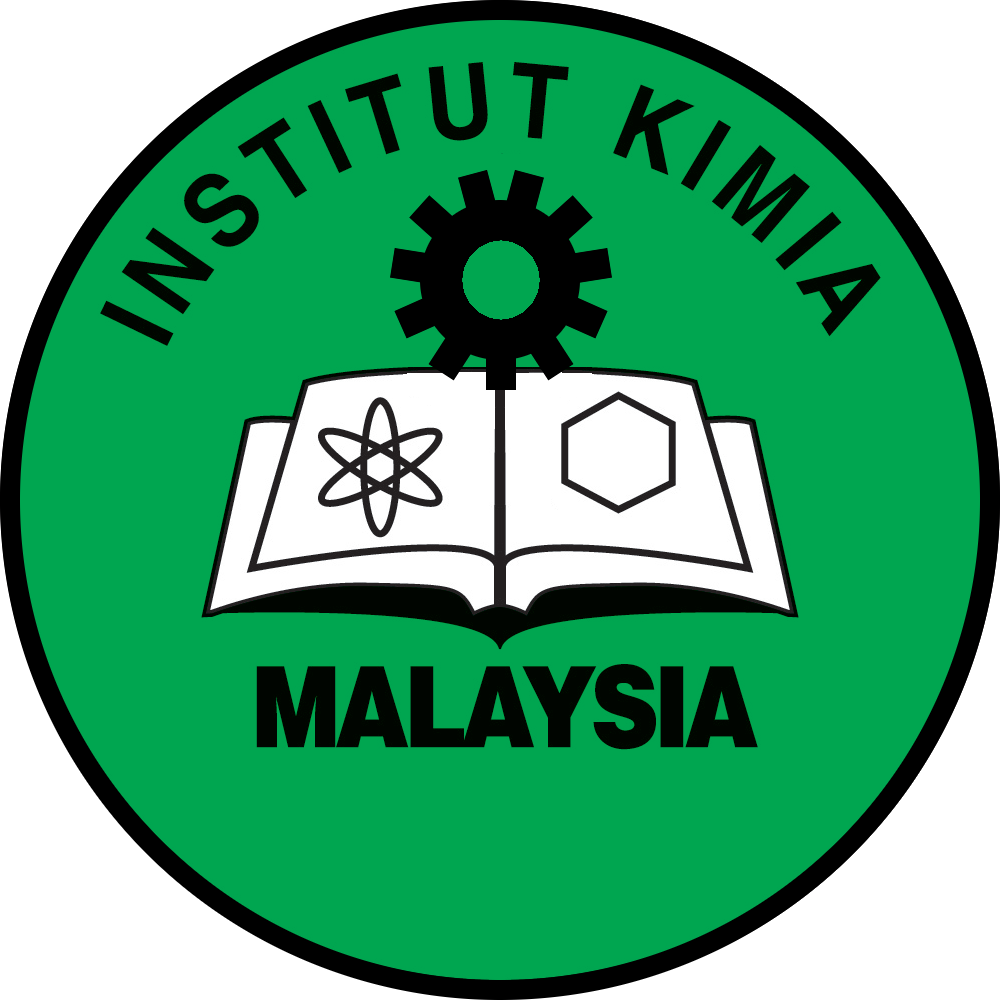Material–Process Interaction in AWJM of AA6082-T6: A Materials Chemistry Approach to Material Removal and Surface Integrity
DOI: https://doi.org/10.55373/mjchem.v27i3.557
Keywords: AA6082-T6 aluminium alloy; abrasive water jet machining; design of experiments; surface roughness; material removal rate
Abstract
Abrasive water jet machining is an effective non-conventional machining process that can precisely cut various materials by utilizing high-pressure water and abrasive particles. It also performs faster and can machine hard or heat-sensitive materials better than conventional cutting methods. The specific focus is on the AA6082-T6 aluminium alloy, which boasts high mechanical properties such as enhanced strength and corrosion resistance, making it desirable for various industrial applications. Optimizing machining parameters in AWJM is crucial to improving performance metrics like Material Removal Rate (MRR) and Surface Roughness (SR). The interaction between machining parameters, such as nozzle speed, water jet pressure, and abrasive feed rate, can often be complex, making it challenging to optimize machining outcomes. Consequently, a systematic approach is needed to determine the optimum conditions. In this investigation, the AWJM process was applied to the AA6082-T6 alloy, and the DOE method was used to optimize the key parameters. The results showed that the optimal conditions for maximum MRR and minimum SR were achieved at a water jet pressure of 340 MPa, a nozzle speed of 0.8 mm/sec, and an abrasive feed rate of 6.67 g/sec. Under these conditions, the measured MRR and SR values were 6.29 g/min and 5.04 Ra, respectively, reflecting the effective machining performance of the AA6082-T6 alloy under the AWJM process.
